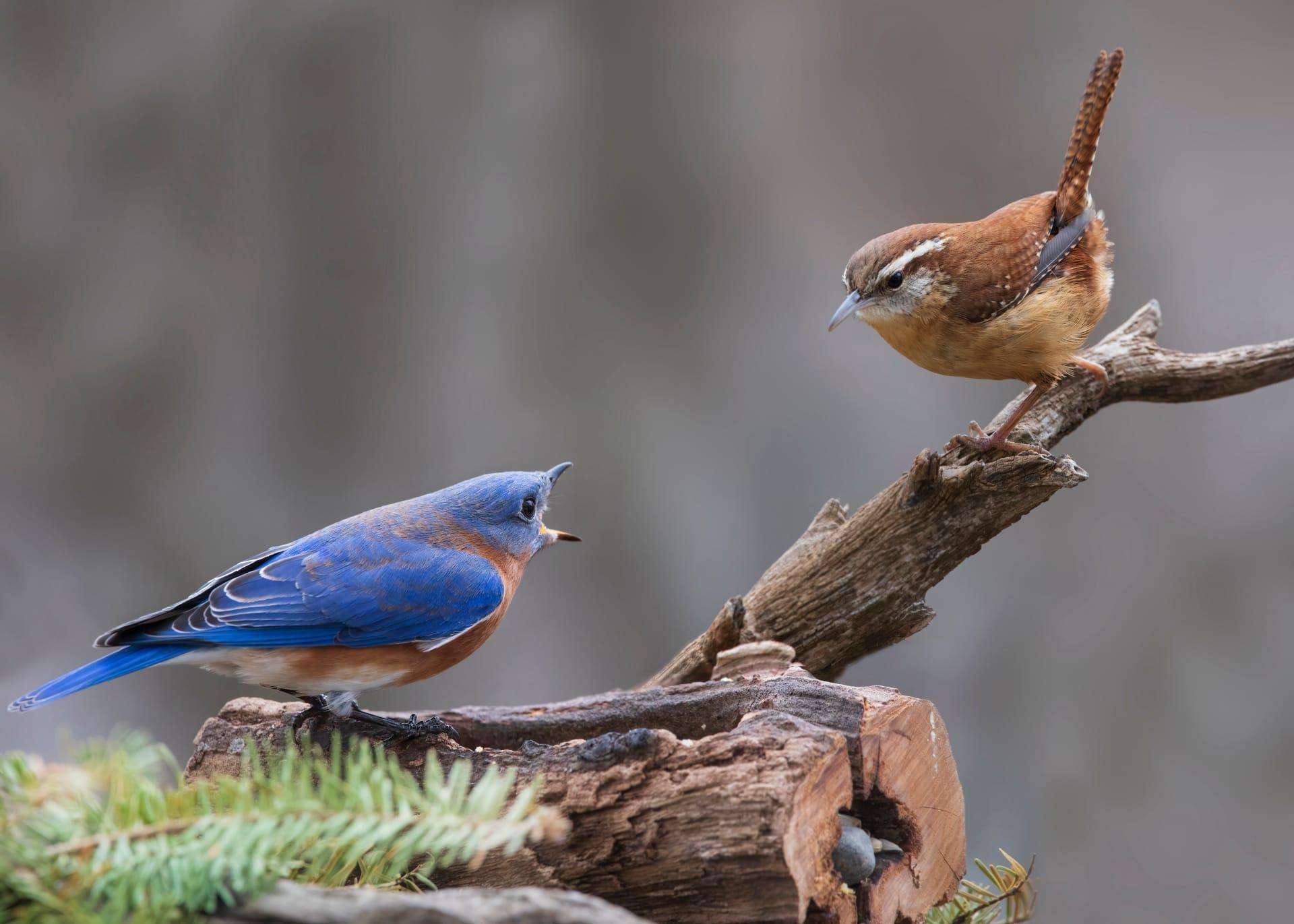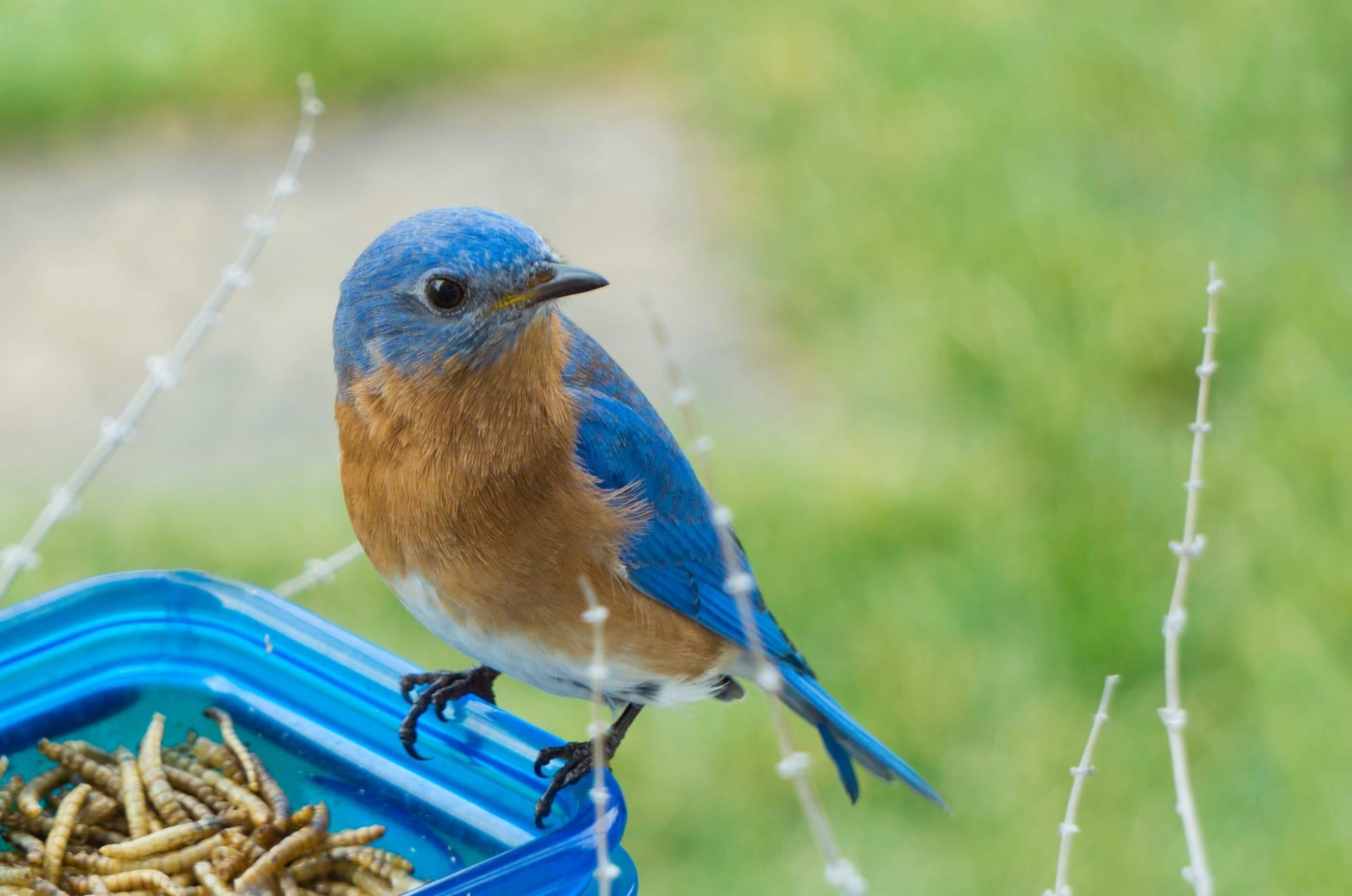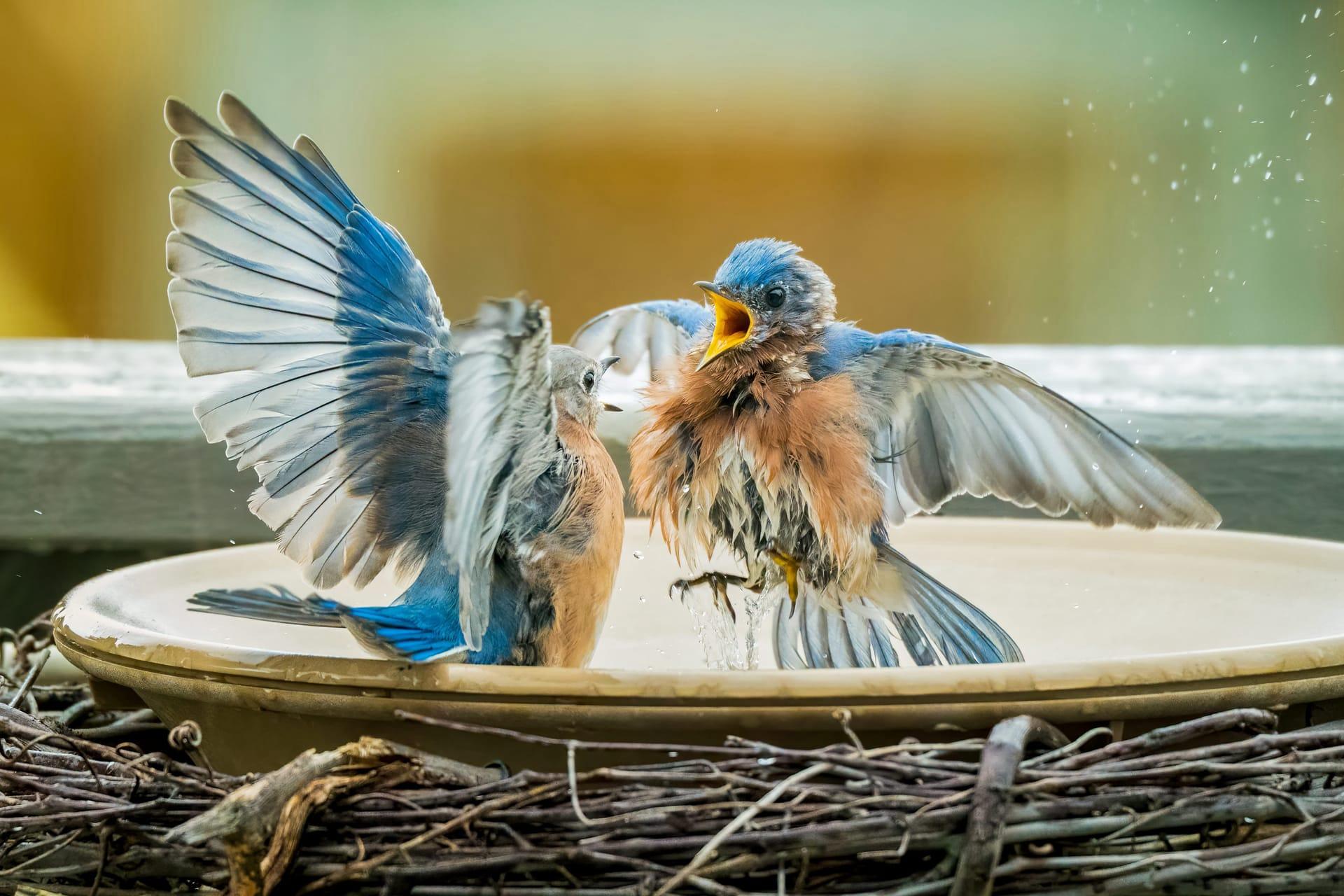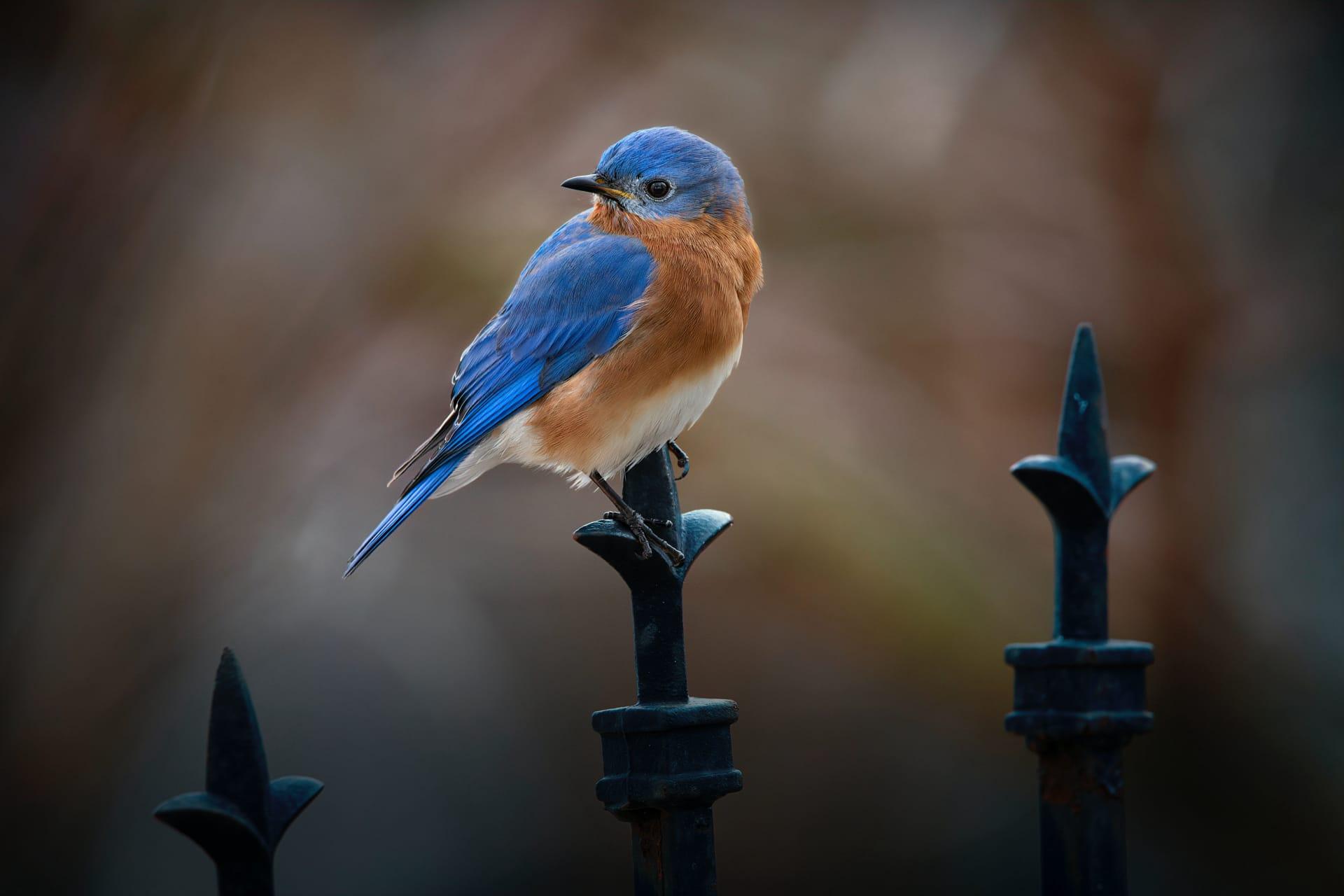Bluebird Trivia
- Home /
- Trivia Question /
- Animal /
- Bluebird Trivia
1
Question: What distinguishes the Eastern Bluebird from other bluebird species?
Answer: The Eastern Bluebird, scientifically known as Sialia sialis, is easily identified by its vibrant, royal blue plumage and rusty red throat and chest. Males are particularly vivid in color, while females display a more subdued blue-brown with hints of red. They are medium-sized birds, measuring about 6.5 to 8 inches in length, with a wingspan of 9.8 to 12.6 inches. This distinguishes them from the Western and Mountain Bluebirds, which have different color patterns and regional habitats.
Question: How long do Bluebirds typically live?
Answer: In the wild, Bluebirds have an average lifespan of 6 to 10 years, though this can vary based on factors like predation, disease, and environmental conditions. The oldest recorded Eastern Bluebird was around 10 years and 6 months old. They face threats from predators like cats and snakes, and competition for nesting sites from species like the European Starling and House Sparrow.

2
Question: Do Bluebirds really bring happiness, as often portrayed in folklore?
Answer: The belief that Bluebirds bring happiness is a cultural symbol rather than a scientific fact. This charming notion likely stems from the bird's cheerful song and bright coloration, which are often associated with joy and positivity. However, from a biological standpoint, Bluebirds have no direct impact on human emotions.
Question: Is it true that Bluebirds cannot see the color blue?
Answer: Contrary to this myth, Bluebirds, like many birds, have excellent color vision. They can see a range of colors, including blue. Their vision is crucial for activities like foraging, recognizing mates, and identifying predators. Bird vision often extends into the ultraviolet spectrum, giving them a view of the world that is vastly different from human perception.

3
Question: What do Bluebirds typically eat?
Answer: Bluebirds are omnivores, primarily eating insects and small fruits. Their diet includes caterpillars, beetles, grasshoppers, and spiders, supplemented by wild fruits like cherries, blueberries, and elderberries. During winter, when insects are scarce, they rely more on fruit, making them important seed dispersers for various plant species.
Question: How do Bluebirds choose their nesting sites?
Answer: Bluebirds are cavity nesters, often selecting old woodpecker holes or natural tree cavities for nesting. They also readily adapt to human-made nesting boxes. When choosing a site, they look for locations that offer safety from predators and harsh weather, and proximity to food sources. The nest is primarily built by the female, using grass, feathers, and pine needles.

4
Question: How do Bluebirds communicate with each other?
Answer: Bluebirds communicate through a combination of song and body language. Their song, a series of melodious whistles, is used to attract mates, declare territory, and communicate with their young. Body language, such as wing flutters and tail flicks, also plays a role in conveying messages, especially during mating rituals and territorial disputes.
Question: Are Bluebird populations stable?
Answer: Bluebird populations declined significantly in the early to mid-20th century due to habitat loss and competition for nesting sites. However, thanks to conservation efforts like the establishment of Bluebird trails and nesting box programs, their numbers have rebounded. They are currently considered stable, though ongoing conservation efforts are crucial to maintain their populations.

5
Question: What role do Bluebirds play in their ecosystem?
Answer: Bluebirds play a vital role in their ecosystem as both predators and prey. By feeding on insects, they help control pest populations, benefiting agriculture and forest health. As prey, they are part of the food chain, supporting predators like hawks and snakes. Their role in seed dispersal also aids in plant propagation and biodiversity.
Question: Can Bluebirds recognize their human benefactors?
Answer: While Bluebirds can become accustomed to human presence, especially in areas where people frequently provide nesting boxes or food, there's no scientific evidence to suggest they recognize individual humans. Their comfort with people is more about the safety and resources provided rather than personal recognition.